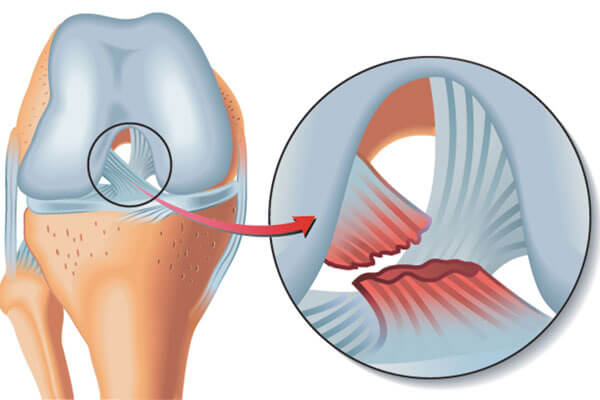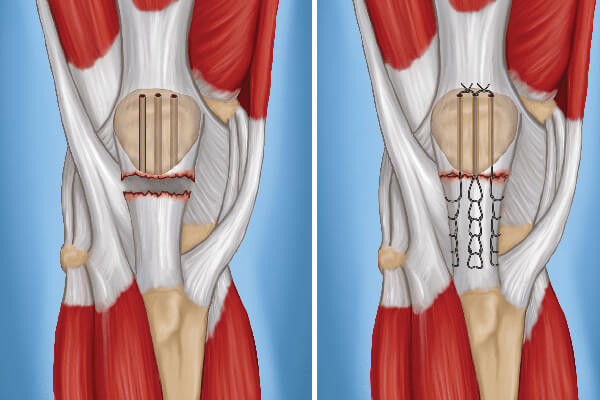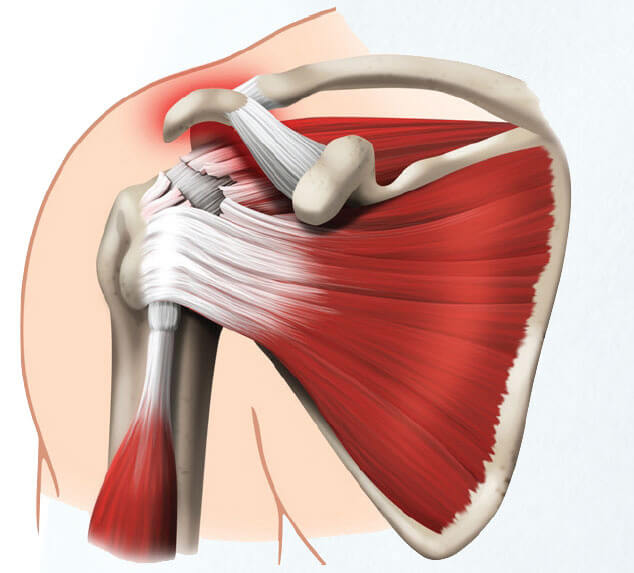Muscle & Ligament Tear Repair
Quadriceps (Thigh Muscle tear), Ankle Ligament tears, TA Ligament tears, and other muscular tears are treated with the world's most advanced techniques at our world-class treatment center at SportsMed Fortis Jaipur Rajasthan, India.
Muscle tears are an ordinary cause of injury and chronic pain in athletes. A person who experiences a muscle tear will frequently explain a popping or snapping sensation as the muscle tears. Pain is sudden and may be severe. The injured area may be affectionate to the touch, with noticeable bruising if blood vessels are also out of order.


Muscle strains generally happen when a muscle is stretched away from its limit, tearing the muscle fibers. They regularly occur near the point where the muscle joins the tough, fibrous connective tissue of the tendon. A related injury occurs if there is a direct blow to the muscle. Muscle strains in the thigh can be quite hurting. Mild strain, with a small number of muscle fibers being torn and generally heals readily within weeks. Moderate strain, with a clear-cut loss in strength and complete tear of the muscle and often may take months to repair.

